#22. Long Straight Hair
What image comes to your mind when you read about the ’60s or the Woodstock era? I don’t know about you, but I immediately think about The Beatles, Jim Morrison or Janis Joplin, stars with a particular carefree style that defied the strict beauty standards of the past decade.
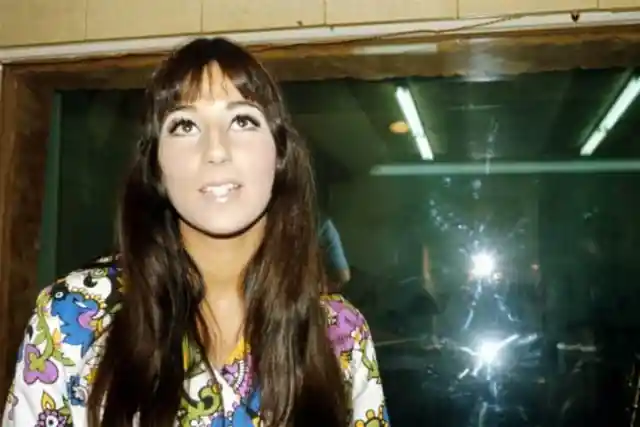

Indeed, the era we’re talking about definitely saw a big change in established values and traditions. The hippie movement promoted a rebellion against the demanding hairdos expected from women and the tidily short haircuts expected from men. So, basically, the new generation started to let their hair grow long, as the picture shows.
#21. Beehives
Yes, the prospect of letting your hair grow long with no need of going to the hairdresser for months was quite liberating. But that didn’t stop other fashions from expanding during the ’60s. One of the most influential ones was the beehive, a curious hairstyle which was invented by Margaret Vinci Heldt.


That’s right, people just went crazy for a woman with a good beehive in the ’60s. Margaret Vinci Heldt, from Chicago, was the hairstylist who invented it, allegedly in 1960. Chances are she didn’t imagine the longevity of her trend since it’s still rocked by different stars nowadays!
#20. Vinyl
No, we’re not talking about the classic vinyl records which are becoming a hipster trend nowadays, but about PVC clothing. Indeed, vinyl clothes became more and more popular during the ’60s and ’70s, as several informal fashion trends from Europe started to spread in the U.S.
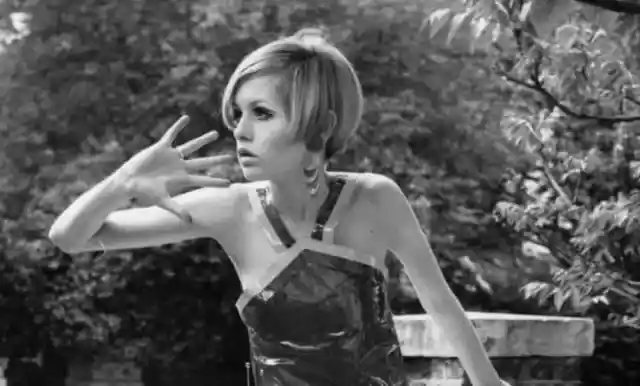
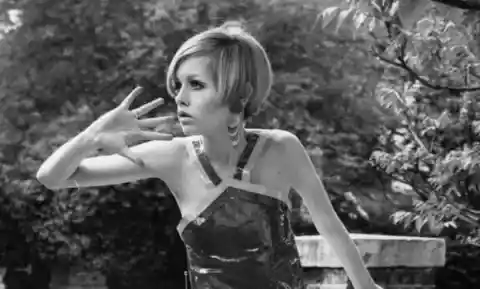
These vinyl skirts, boots, and raincoats which became extremely popular were really useful since they served two purposes. First, they symbolized a more relaxed era regarding the way young people dressed, while the PVC plastic outfits also looked very futuristic. When you think about it, vinyl’s popularity is no surprise!
#19. Having The Blues
Many authors have discussed this interesting phenomenon. No, a sad look wasn’t a kind of trend for women in the sixties, it wasn’t that a sorrowful expression was considered attractive. But some theories argue that women had generally become sadder since the Second World War’s ending.
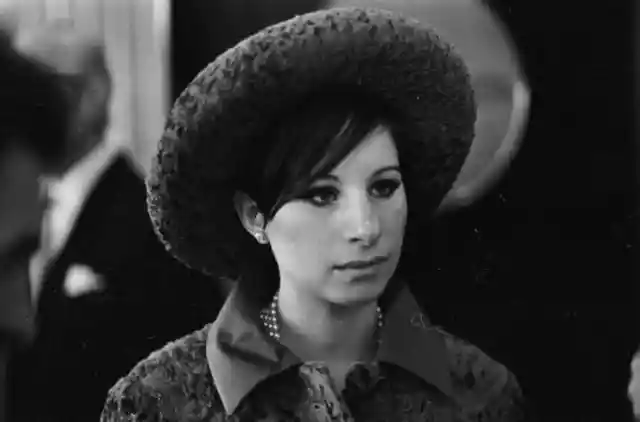
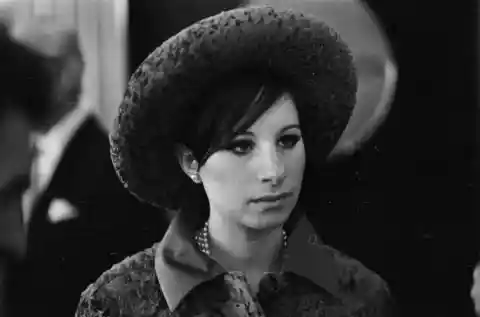
This is usually associated with the fact that women faced heavy restrictions from society during the war’s aftermath. Yes, an exaggerated and oppressive ideal of femininity was constantly imposed, and women were becoming tired of these restrictive standards by the late ’60s.
#18. Twiggy Eyelashes
Does the name Lesley Lawson ring a bell for you? If it doesn’t, then her nickname Twiggy, which became extremely popular, might. Twiggy was not only a model and a singer, but also an actress, and more importantly, one of the most influential icons during the ’60s.

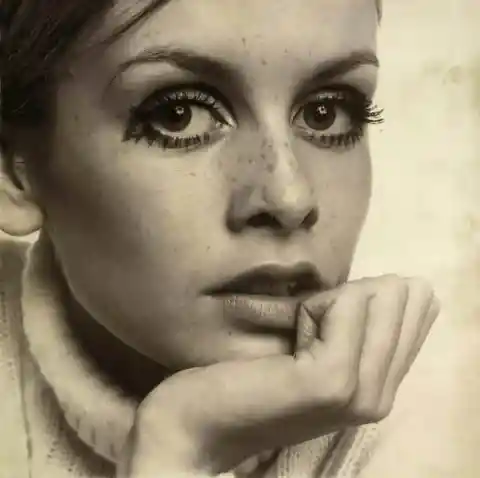
We all know how a beloved celebrity has the capacity of consolidating a particular look or trend. Well, Twiggy not only popularized her trademark androgynous look in Britain and America but her thick, long eyelashes as well. Check the following slide to learn about another influential figure!
#17. Cher
If we’re going to mention some of the most influential celebrities which played a key role in the fashion trends of the ’60s and the beauty standards which were imposed on women, then we just have to talk about Cher. Indeed, dressing like Cher, or looking like her, was considered very attractive and fashionable at the time.
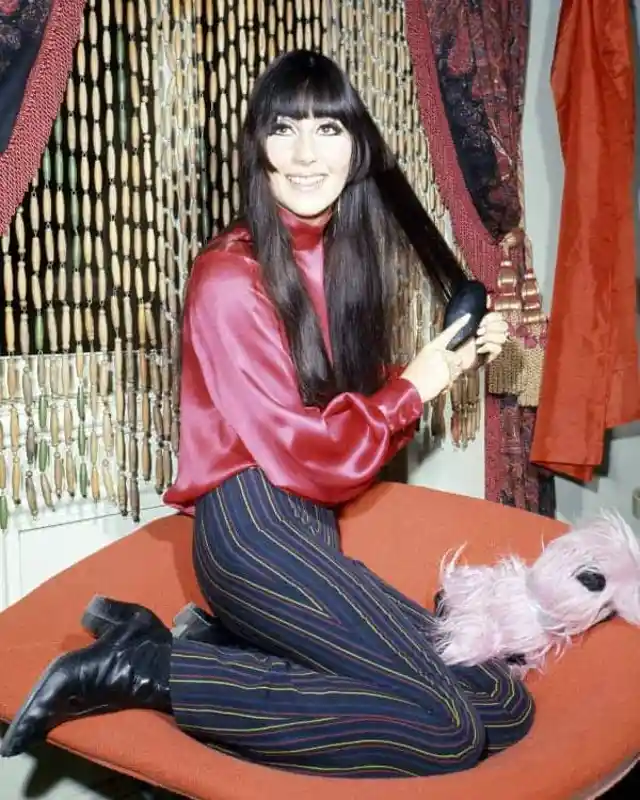

Born in 1946, Cher was also known as the Goddess of Pop. The singer and icon was hugely respected and admired by many women for breaking through a mostly male-dominated music industry. Considering her popularity, it’s no surprise that young girls looked up to her hair and clothing styles.
#16. No Marathons
Beauty standards for women in the ’60s weren’t only generally restrictive, but sometimes confusingly contradictory. Indeed, a thinner figure was starting to become the ideal to which women had to aim to feel attractive, unfortunately. But this trend also came with alarming hypocrisy.
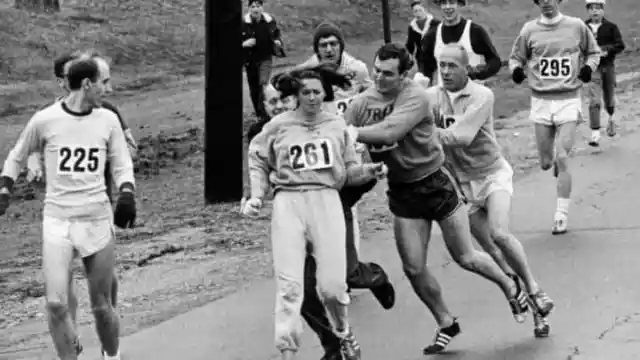
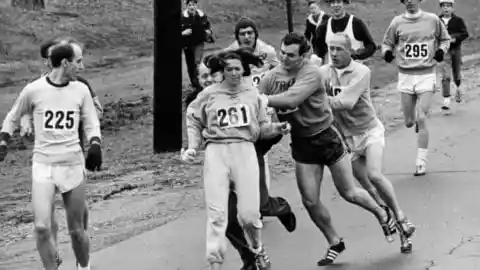
Believe it or not, magazines and commercials preferred women with slimmer bodies, promoting athleticism and a healthy diet to achieve that goal. But on the other hand, women’s participation in races or marathons was severely looked down upon! This restriction was first challenged by Kathrine Switzer in the Boston Marathon of 1967 when she unofficially ran under a gender-neutral abbreviation.
#15. Tall Boots
If you look closely at this photograph, you’ll realize that the woman is gracefully displaying two of the most notable fashion trends which developed during the ’60s and ’70s. These two iconic items are the miniskirt and tall boots.
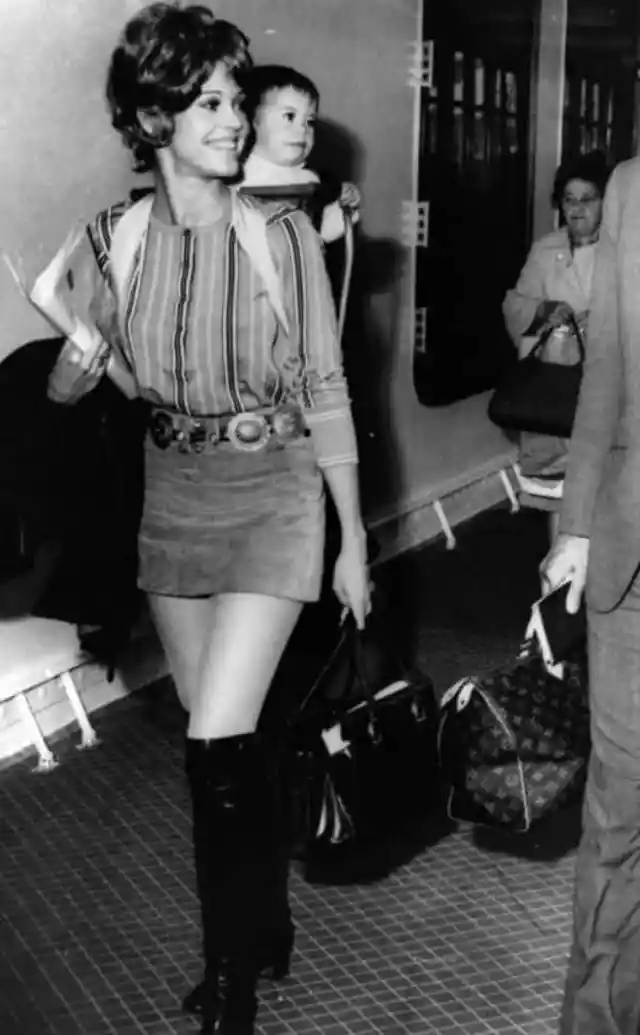
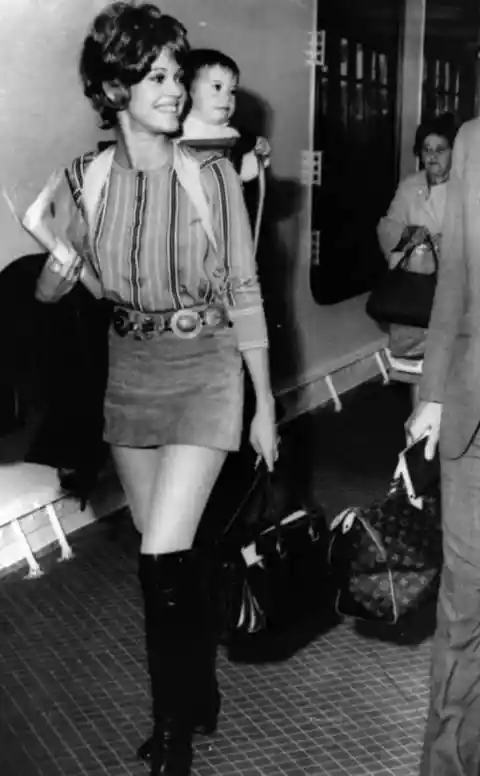
Yes, I know what you’re thinking: “what’s so special about miniskirts? They’re perfectly common nowadays, everybody wears them”. Yes, that is correct, but context is essential. At the time, the miniskirt was quite revolutionary. Next, the complementary appearance of the tall boots to match the skirts was only natural.
#14. No Marching And Saluting
It’s a fact that though the women’s liberation movement was in full swing during the late ’60s, numerous constraints still prevailed during this era. Yes, the restriction for marathons was only one amongst several examples, unfortunately.

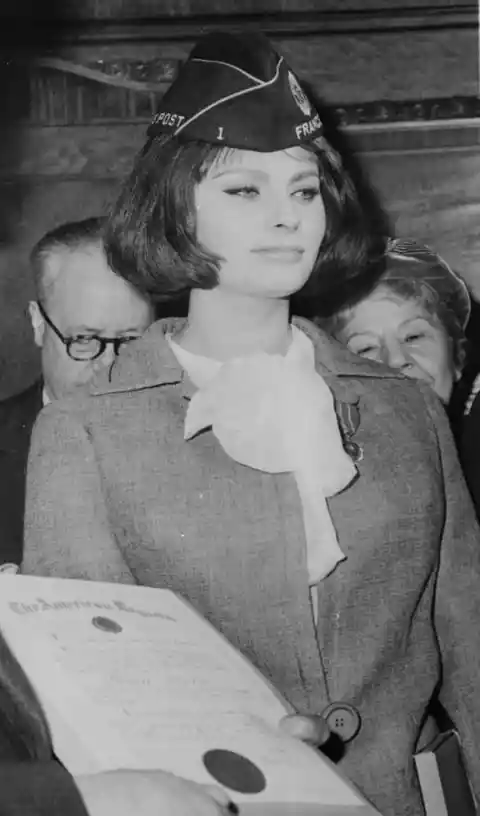
Another notable one was the limitation on attending military academies. The idea of marching, saluting, and being a soldier was generally considered a man-like attribute. Though female students were allowed in a military academy for the first time in 1976, this stereotype is still heavily present nowadays.
#13. Smoking
This is one of the trends which appear in this list that might’ve started to change during the 21st Century. Surely, today most people consider smoking as unattractive, and many countries have established strict anti-smoking laws regarding closed spaces.
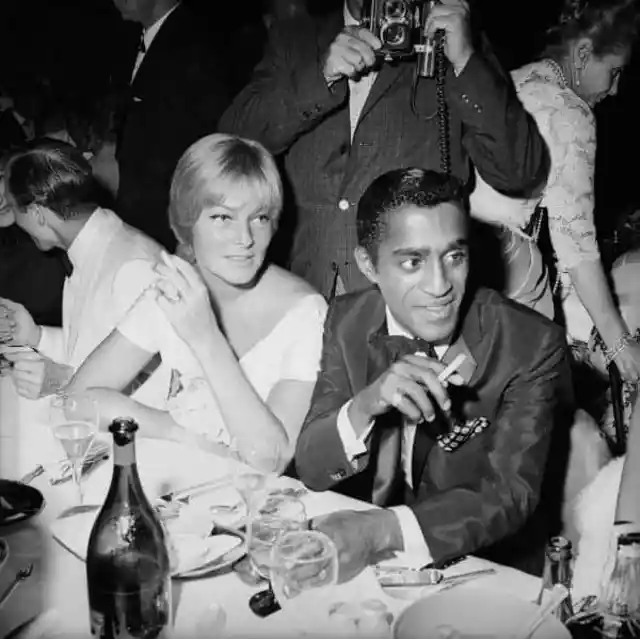
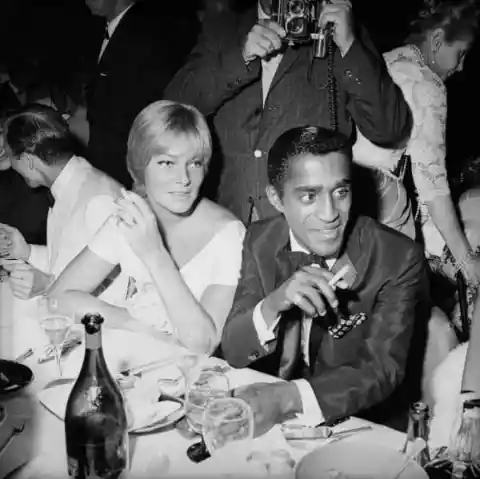
However, back in the day, this was considered very cool. The health threats that smoking implied were already pretty clear, but the tobacco industry did its best to establish a connection between elegance and the fact that a lady knew how to light and smoke a cigarette properly.
#12. No Kiss On The First Date
This is one of the things of the list which seem extremely anachronic. Nowadays, if you ask someone out for the first time and the chemistry’s good, going for a first kiss doesn’t seem an immense risk, does it? Nowadays, this has become a quite naturalized practice.
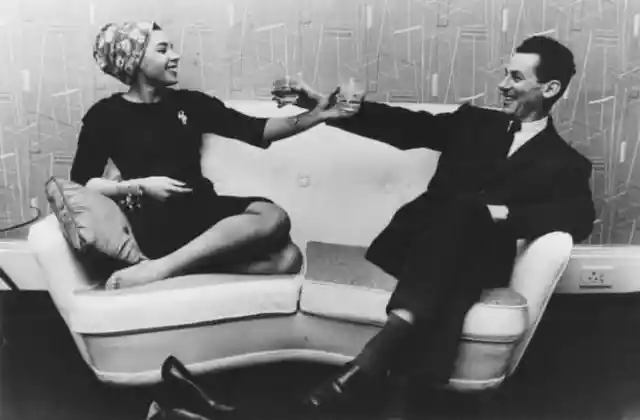

But things were quite different 50 years ago, as you might’ve realized already. In the past, women who accepted a kiss on the first date were actually considered promiscuous. Their sexuality was severely constrained, and this meant that they had to adjust to a narrow array of acceptable attitudes and dress codes while dating.
#11. Taking The Blame
Just imagine yourself receiving this piercing glare, full of heavy blame and fury. Well, this is only one of the less dramatic examples of the uncomfortable and dangerous situations that women had to withstand during their marriages in the past.
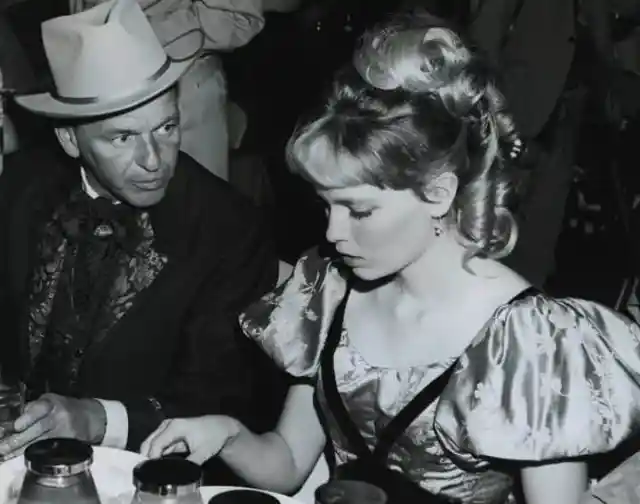
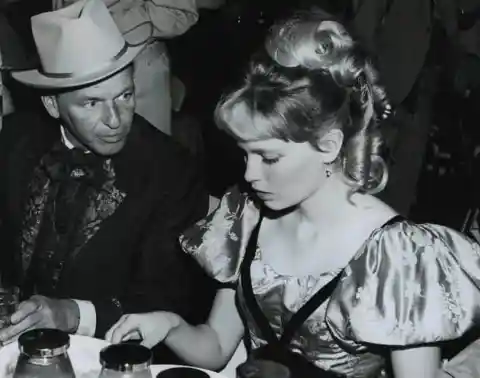
If they were involved in any type of relationship with a man, the system already dictated that they had to be submissive and adopt a passive attitude in order to please the man. But if you were married and divorce occurred, the thing got uglier, because the blame would likely fall on the wife. Continue to discover another shocking norm of the ’60s!
#10. When And Where To Smoke
With this one, I bet your reaction was the same as mine. Wasn’t smoking considered cool and fancy both for girls and boys? Weren’t the old movies full of graceful actors and actresses lighting one up during a seductive scene? Yes, you got that right, we didn’t lie before…
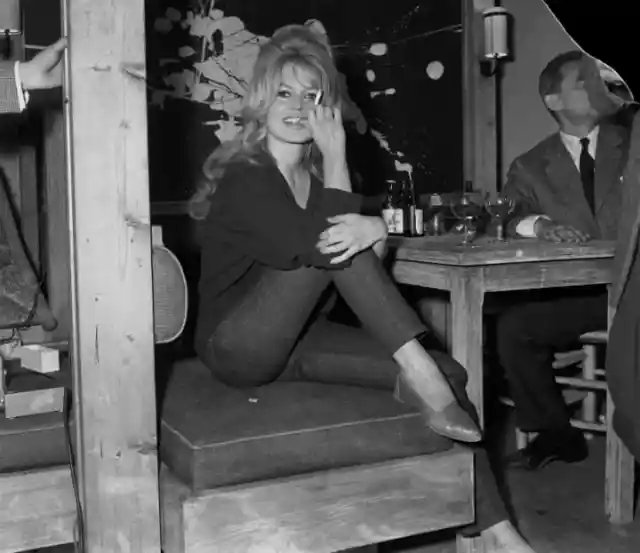
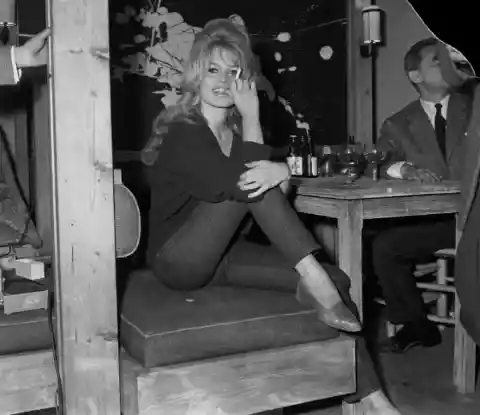
But, surprise surprise, this was also a heavily controlled activity for women during the ’60s. It was OK for a woman to smoke, and even if this became a habit, she wasn’t going to be judged (generally). But it was of paramount importance for her to know when and where to smoke: doing it in an elevator, for instance, was frowned upon.
#9. Coddling
We have already seen that women met an immense amount of uncomfortable restrictions back in the day (and some of them persist to this date). Some of these regulated their private life, and others dictated the way they had to behave with other people or in public.

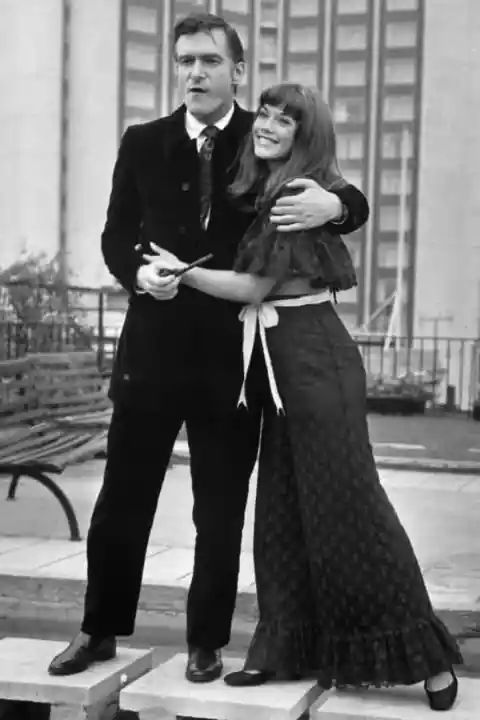
Well, when analyzing the last area, some of the influential magazines of the time reveal that wives were expected to know how to massage their husbands after a long day at the office. This is only an example, of course. Do you want to know another one? Wives had to avoid waking their husbands up at night because they “needed the sleep” for work.
#8. Leg Makeup
Just look at the couple from the photograph, they sure seem to be having a lot of fun! Most people would think that the man is just fooling around, drawing some random stuff on her legs. But they’d be wrong since he’s actually helping with her leg makeup.

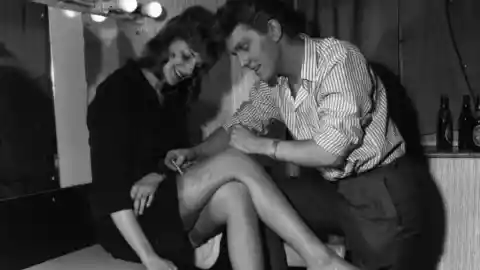
That’s right, this particular trend saw a boost during the Second World War, when women used to draw stocking seams on their legs, due to a shortage of the real product. This fad continued during some decades, though, so it wasn’t a strange practice in the ’60s.
#7. Working At Home
The restricting impositions related to the duties of motherhood and a wife’s role proved to be harsh challenges for the women’s liberation movement of the ’60s. Indeed, this era was quite contradictory. On the one hand, women were entering the workforce at full speed. But, on the other, a woman who worked outside the household was still stigmatized.
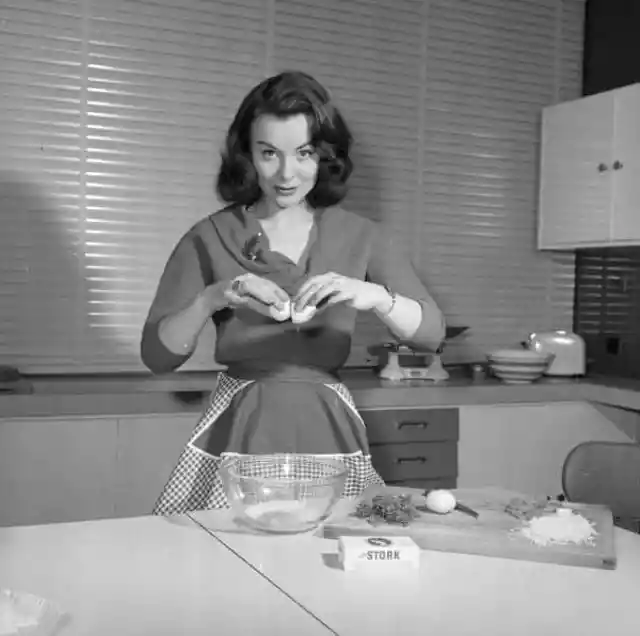
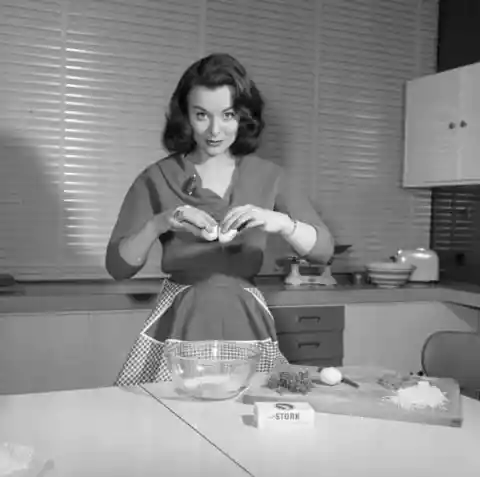
This was notoriously more limiting to married women. If a couple had kids, the mother’s responsibility was to raise them and take care of the house during the day. Fortunately, the times have been changing ever since, although we’re still a long way from gender equality!
#6. Exercise
After learning that women were forbidden from participating in any official marathons in America until the ’70s (and after protesting and challenging the male authorities and of the events), this requirement may seem confusing and contradictory.
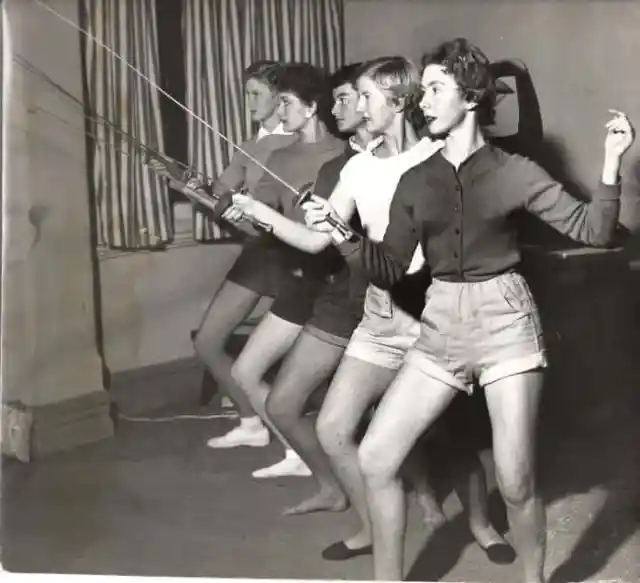

While professional female athletes were often taken as a joke by the press or their male counterparts, the beauty standards of this era demanded that women had to maintain a healthy figure, and this goal was best achieved by doing exercise. However, funding from the government for female sports started to increase, and the inequality and double standards slowly began to fall.
#5. No Bra
As we’ve been discovering throughout this list, women growing in the ’60s underwent a complex process which involved following some strict demands regarding their behavior and accepted traits, but also a liberating rebellion against some trends and norms.
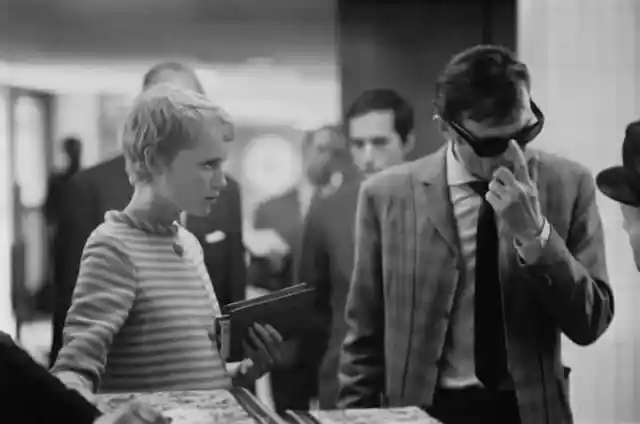
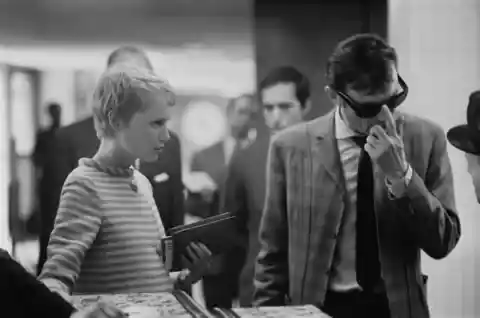
This rebellion against traditional gender norms was clearly seen in fashion and the fact that many women started to go bra-less serves as a fine example of this. In fact, models who wore outfits by designer Yves Saint Laurent helped popularize this comfortable trend. If you liked this one, don’t miss the next slide!
#4. Androgyny
One of the most disruptive fashion phenomenons that first emerged during the ’60s and consolidated itself with more vitality during the ’70s was the androgynous, unisex style. Though it is often associated with some stars of the ’70s like David Bowie, this trend started more than 50 years ago.
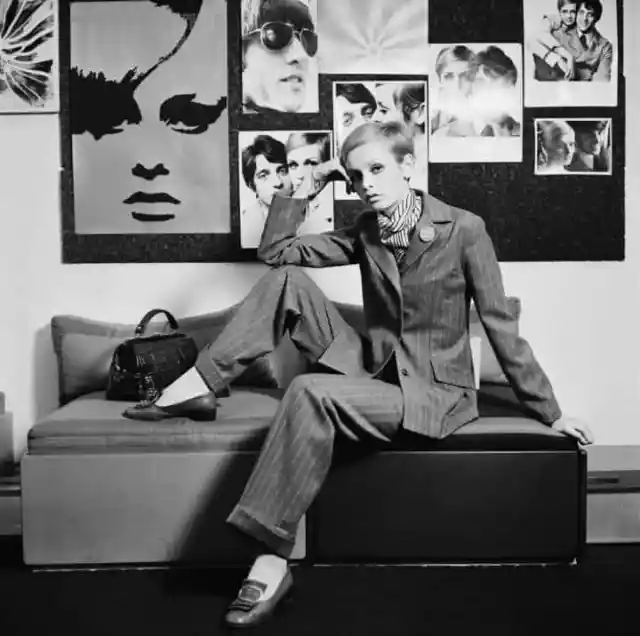
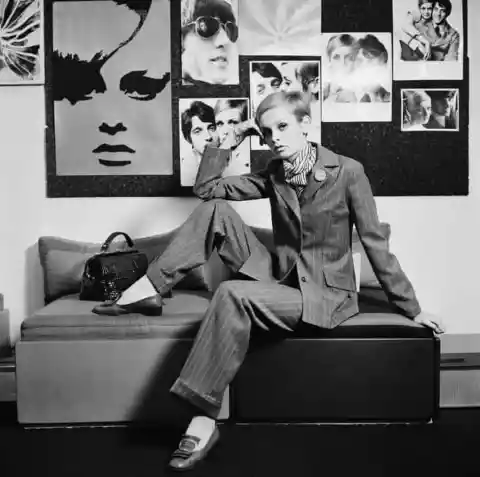
It’s really impressive when you think about it, isn’t it? An androgynous hairstyle or the decision of wearing unisex clothes helped to diffuse the conservative gender norms of these times, while also representing independence, self-confidence, and freedom. Does the girl from the picture sound familiar? Yes, it’s Twiggy again! Indeed, the supermodel was an influential figure for various trends.
#3. Looking Bored And Naive
We already know that women had to fight in order to slowly break some stereotypes and restrictions which prevented them from completely participating in professional sports or the American labor market in general. But their personal development was constrained in many other different ways.

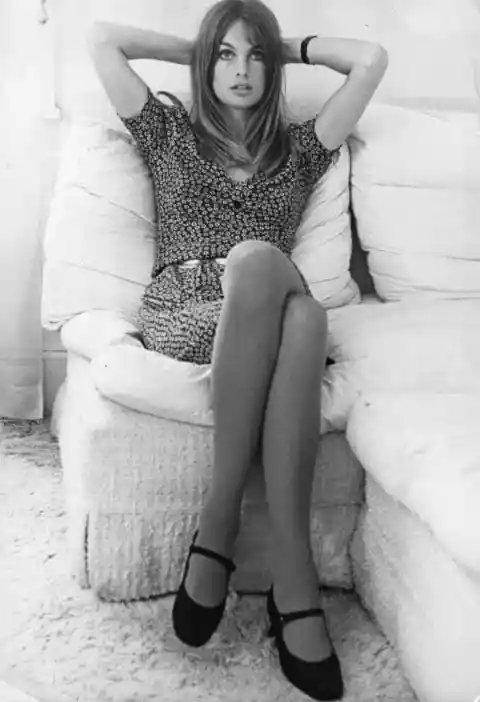
Indeed, one of the most ridiculous stigmas of the last Century was the one against women who seemed smart. Some powerful magazines helped to install the idea that associated ignorance with feminine attractiveness. If you found this one outrageous, wait till you see the next one!
#2. Drinking Like A Lady
What comes to your mind when you read “the 1960’s”? Maybe I’m wrong, but most people associate this decade with Woodstock, the Hippie counterculture, and a wave of freedom, excessive partying and legendary rock and roll festivals.
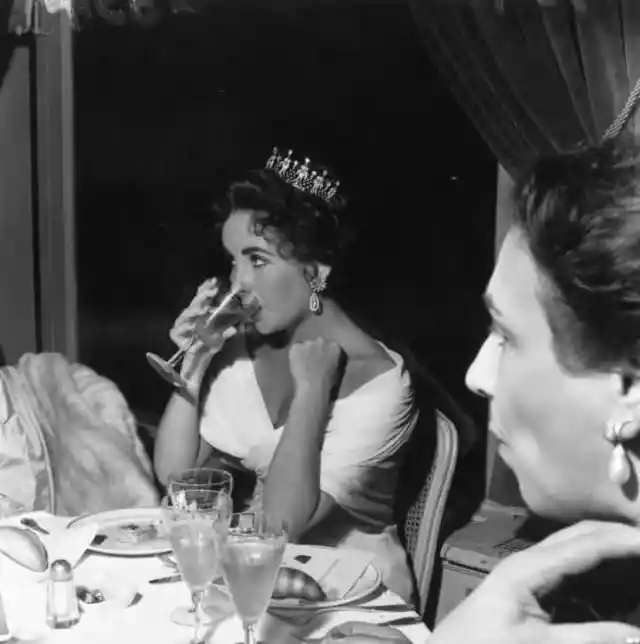

While the joyful atmosphere was in part true (don’t forget that anti-Vietnam war protests were happening as well), it’s also undeniable that parties were a male-dominated area. Women who engaged in different events were generally expected to “behave like a lady”, with a delicate way of drinking and sitting.
#1. Meekness
Though the women’s liberation movement started to gain more and more power by the end of the ’60s, gender relations were far from equal, that’s for sure. Numerous ads and articles from the time prove this, as they encouraged wives to stay at home and raise the kids.


They also had to be extremely patient with their husbands, in order to satisfy their demands and keep them happy and motivated. In fact, the injustice was so rampant that banks were allowed to deny a credit card to an unmarried woman, and many Ivy-league colleges didn’t accept women until later.